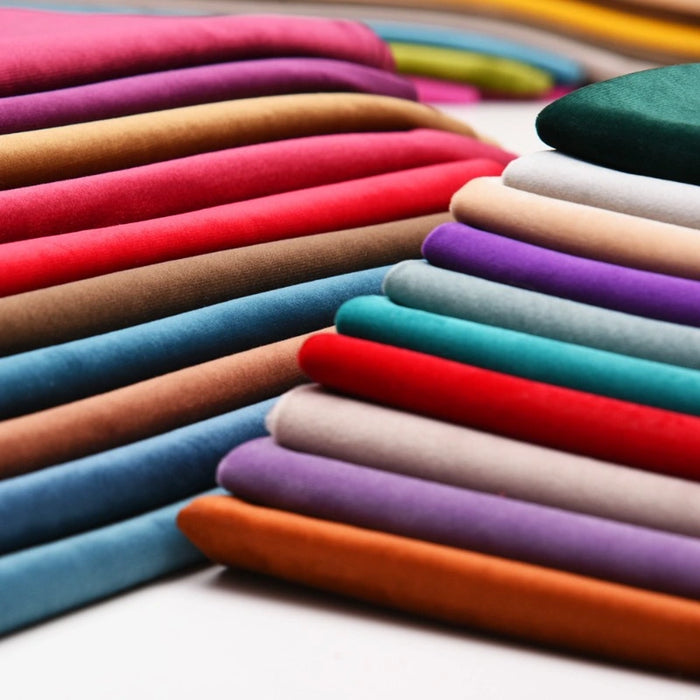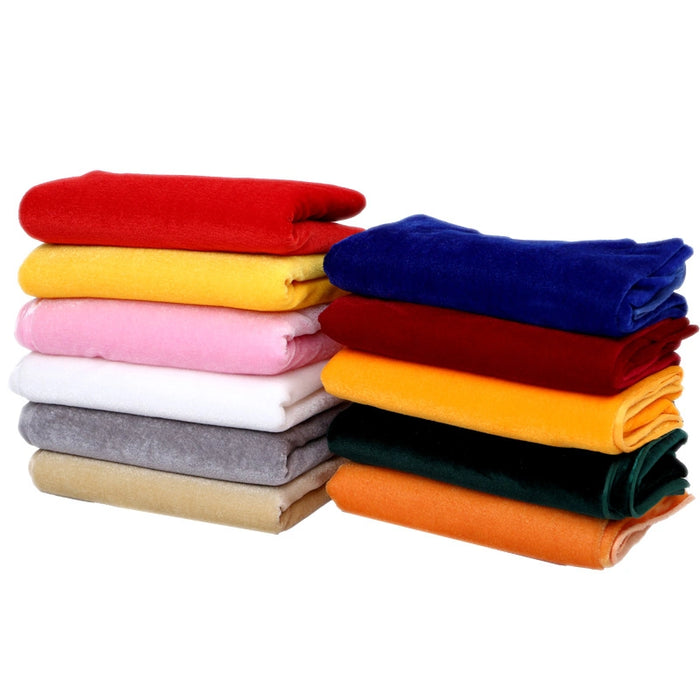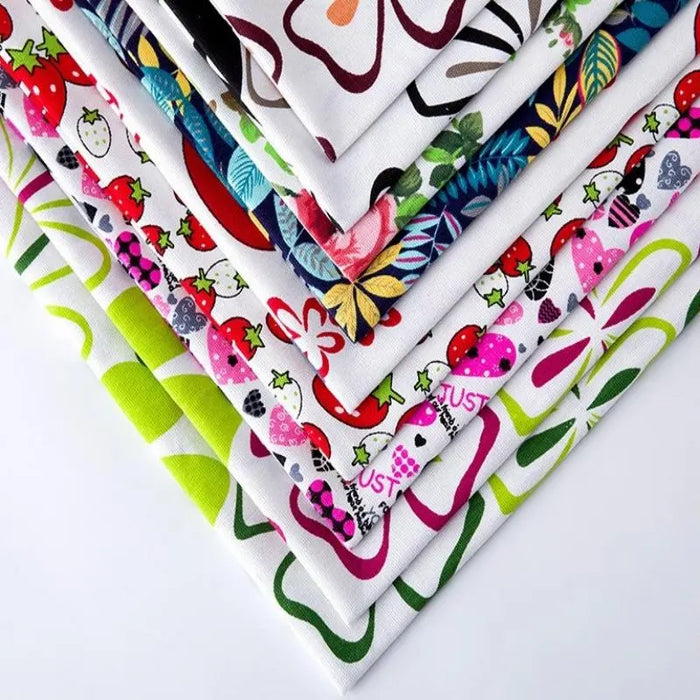Curtain Fabric
Curtain fabric, also known as drapery fabric, plays a crucial role in crafting beautiful and functional window treatments. Curtain cloth is designed to provide privacy, control light, and enhance the aesthetic of any room. Ideal materials for curtains often include blends of cotton, linen, and synthetic fibers, offering durability and ease of maintenance. A high-quality curtain material fabric should have a soft drape, allowing it to flow gracefully and create an elegant look. Additionally, it should be resistant to fading and wear, ensuring longevity in various environments. Whether for residential. . . Show More >
Herringbone Pattern Chenille Fabric By The Yard | Thickened Chenille Material | Upholstery Fabric for Sofa Towel Pillow
- Regular
- $39.99
- Sale
- $39.99
- Regular
-
$0.00
- Unit Price
- per
Soft Velvet Fabric For Curtain | Widen Solid Color Velvet Upholstery Fabric | 1 Meter Drapery Sofa Couch Materials
- Regular
- $54.99
- Sale
- $54.99
- Regular
-
$0.00
- Unit Price
- per
Soft Milk Silk Fabric For Upholstery | Caramel Color Curtain Fabric | Wedding Background Ceiling Curtain Materials
- Regular
- $23.99
- Sale
- $23.99
- Regular
-
$0.00
- Unit Price
- per
Solid Color Blackout Curtain Fabric | Polyester Window Drapery Fabric | Simple Style Drape Fabric for Bedroom Living Room
- Regular
- $43.99
- Sale
- $43.99
- Regular
-
$0.00
- Unit Price
- per
Floral Curtain Fabric For Upholstery | Sunshade Chenille Fabric For Drapes | Thickened Sofa Pillow Cover Materials
- Regular
- $82.99
- Sale
- $82.99
- Regular
-
$0.00
- Unit Price
- per
Solid Color Velvet Fabric For Upholstery | Polyester Curtain Fabric | Stage Background Conference Table Cloth Drapery Fabric
- Regular
- $19.99
- Sale
- $19.99
- Regular
-
$0.00
- Unit Price
- per
White Lace Flower Curtain Fabric By The Yard | Elegant Sheer Upholstery Fabric for Drapery | Sheer Curtain Fabric
- Regular
- $25.99
- Sale
- $25.99
- Regular
-
$0.00
- Unit Price
- per
White Linen Leaves Tulle Curtain Fabric By The Yard | Window Plante Sheer Upholstery Fabric | Embroidery Sheer Curtain Materials
- Regular
- $24.99
- Sale
- $24.99
- Regular
-
$0.00
- Unit Price
- per
Full Blackout Fabric For Upholstery | Double-Sided Silver Sunshade Fabric for Curtain | Oxford Cloth for Sunshade Umbrella Tent Car Cover
- Regular
- from $15.99
- Sale
- from $15.99
- Regular
-
$0.00
- Unit Price
- per
Faux Linen Upholstery Fabric By The Yard | Polyester Fabric for Upholstering Furniture | Reupholster Chair Sofa Curtain Fabric
- Regular
- $27.99
- Sale
- $27.99
- Regular
-
$0.00
- Unit Price
- per
Brushed Oxford Fabric By The Yard | Solid Color Upholstery Fabric | Polyester Fabric for Curtain Tablecloth Sofa
- Regular
- $15.99
- Sale
- $15.99
- Regular
-
$0.00
- Unit Price
- per
Printed Canvas Fabric By The Yard | Pattern Canvas Upholstery Fabric | Durable Fabric for Curtain Tablecloth
- Regular
- $24.99
- Sale
- $24.99
- Regular
-
$0.00
- Unit Price
- per












